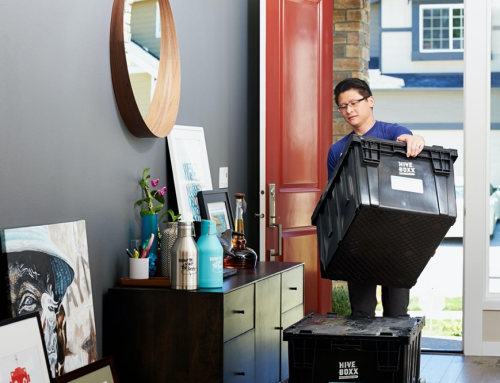
What is social anxiety? In my book, The Quiet Rise of Introverts, I define social anxiety as the fear of social or performance situations where embarrassment, judgment, criticism or rejection are perceived dangers. Somewhere along the line, as someone with social anxiety, we learned that we do not fare well under scrutiny. We fall short in such areas as appearance, social skills or personality. It might have been a worry-wart parent or a bullying classmate or sibling who made us fear social interactions. Their fears or criticism made us painfully aware of our vulnerability and shortcomings.
I quoted Dr. Ellen Hendriksen in my book and I recently listened to her on The One You Feed podcast. Dr. Hendriksen has her own podcast titled, The Savvy Psychologist. On The One You Feed, she talked about ways to tame social anxiety.
What is the specific issue?
Dr. Hendriksen recommends getting down to the specific fear. She said often we have vague definitions of what scares us. We might say we have a fear of failure or a fear of not being enough. These amorphous statements keep us from resolving our fears. It is overwhelming to take on such broad work. Where do we start?
Let’s say we fear sitting with new people at lunch because we believe we won’t be interesting or have anything to say. Our co-workers will find us dull or worse, dumb.
It would be easy for our inner critic to tell us to avoid the lunch room. Social anxiety and inner critics love avoidance. It ostensibly protects us from danger, but really just narrows our world and keeps us perpetually fearful and stuck.
We could also tell ourselves we fear socializing or looking stupid. These are broad statements.
Specifics help with logic
It would be more helpful to address the specific fear, talking to new people at work at lunch. When we get specific, we bring on board our prefrontal cortex, the reasoning, most advanced part of the brain. We can then logically figure out how to prepare for the awkward lunch moments. For example, maybe we bring a fun dessert to share with the table. No one frowns upon free dessert. Or we could prepare a few open-ended questions in advance to ask our co-workers, such as, “What do you do for fun?” or “What’s been the best part of your day so far?”
Once you have your specific fear in mind, it helps to ask these questions:
What is the worst that can happen?
Our brains have probably already generated the thoughts to answer this, why not exploit them? In our lunchroom example, we could imagine drawing attention to ourselves with a comment and then freezing or turning beet red when we are asked for a follow-up response. We could do something gross like accidentally spit food out on the table. We could make a mistake when we say something and lose credibility with our co-workers. Probably the worst thing would be that we talk and no one likes us so they never sit or talk with us again.
What is the likelihood of that happening?
What is the actual chance of these worst case scenarios coming to fruition? Now here, we must move to our reasoning brain to determine what is the real probability versus what is our highly sensitized amygdala (fear director part of brain, fight or flight switch) telling us could happen. You could use percentages to help the prefrontal cortex activate. For instance, we could say to ourselves “I believe there is a 15% chance I talk and no one likes me. Fifteen percent is a very small chance. That means there is an 85% chance I interact with co-workers and it goes well. I like those odds.”
How could I cope?
Lastly, we can think about what we would do if the worst case scenario happened. In reality, we would not get to give up and avoid our co-workers forever. If they did not like us and never talked to us again in the lunchroom how would we handle that? We could eat at a nearby park. We could meet a friend for lunch who works in the area. We could eat at our desk or we could go as drastic as switching jobs — although this is technically avoidance and does not help us with the next group of co-workers at the new job. We might also consider approaching just one fellow worker. Perhaps this person was the least rejecting or showed signs of disagreeing with the rest of the crowd. They might like to get away from the hostile lunch room too.
Relief from social anxiety
These two ways to alleviate social anxiety provide relief. They offer ways to distance from spiraling overwhelm or fear. We get out of the subconscious threat or danger responses and into more thoughtful and pragmatic approaches. May they serve you well.
What situations cause you social anxiety? How are they limiting you?
If you’re feeling insecure or have anxiety about your connection with your partner, my online course, Attachment: Moving from Insecurity to Security within a Relationship, can help. If you’d rather speak with me directly, I encourage you to schedule a coaching session with me by clicking here. I look forward to working with you!
Photo by Adrian Infernus on Unsplash








Leave a Reply